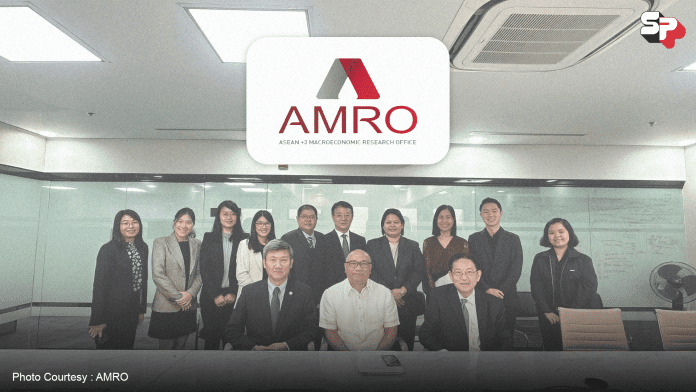MANILA – The Philippine economy is set to maintain its robust growth trajectory, expanding by 6.0 percent in the first half of 2024, driven by strong domestic demand and a recovery in exports. This growth, underpinned by a resilient labor market, reflects the nation’s capacity to weather global uncertainties, according to the ASEAN+3 Macroeconomic Research Office (AMRO) during its annual consultation with the Philippines from August 27 to September 6, 2024.
AMRO’s Principal Economist Runchana Pongsaparn, alongside Director Kouqing Li and Chief Economist Hoe Ee Khor, engaged with key Philippine officials, including Department of Finance Undersecretary Joven Z. Balbosa and Bangko Sentral ng Pilipinas (BSP) Deputy Governor Francisco G. Dakila, Jr. The discussions centered on the risks and challenges the country faces, as well as policy measures to sustain the nation’s economic momentum.
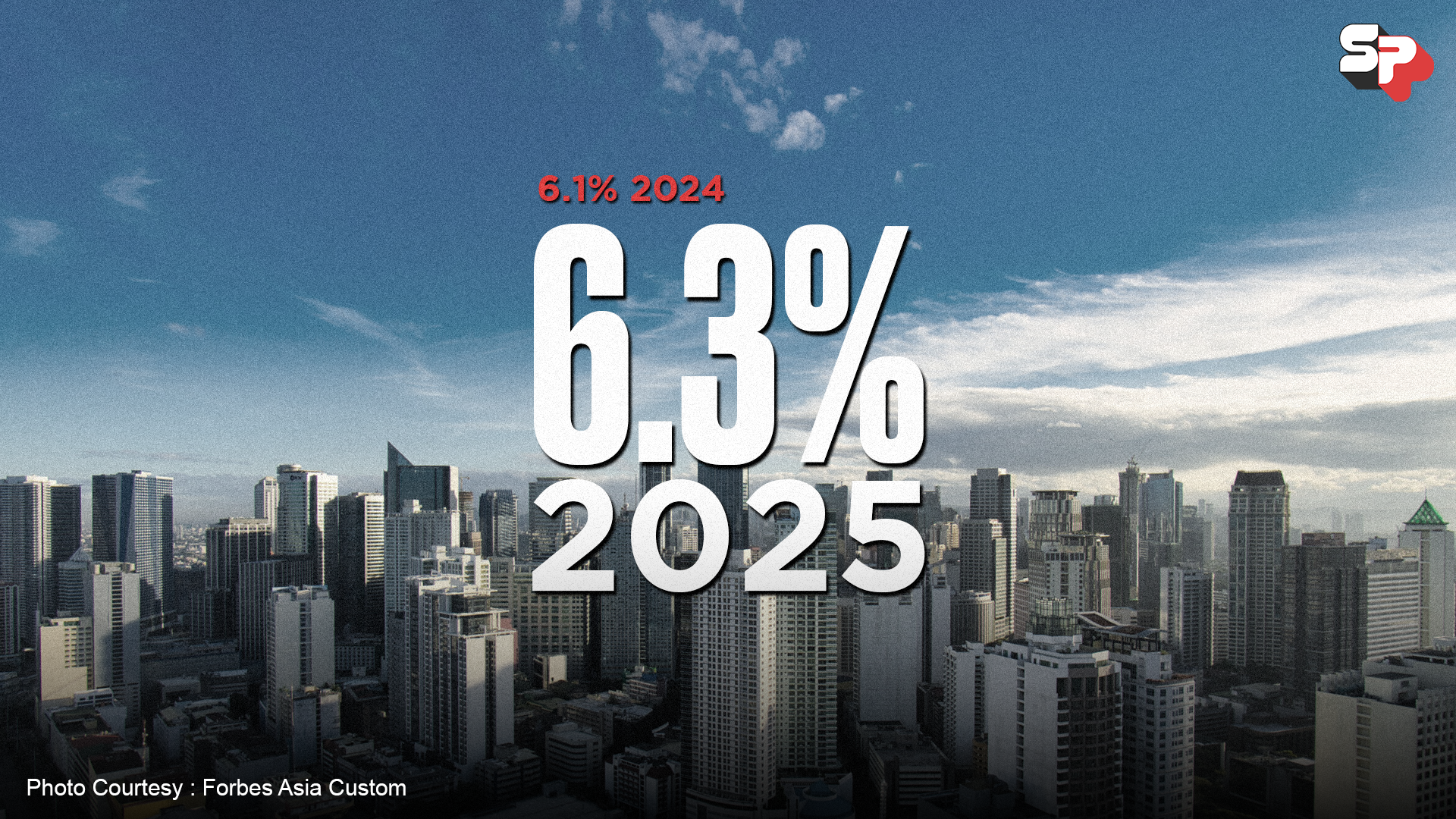 Optimistic Growth Outlook
Optimistic Growth Outlook
“The Philippine economy is projected to grow by 6.1 percent in 2024 and 6.3 percent in 2025, spurred by higher government spending, increased external demand, and strengthening domestic consumption,” said Pongsaparn. This optimistic forecast is bolstered by a resilient labor market, easing inflation, and strong overseas remittances. Private consumption, a key driver of growth, is expected to accelerate further as inflation continues its downward trend.
Headline inflation, which stood at 6.0 percent in 2023, is forecast to ease to 3.3 percent in 2024 and further to 3.1 percent in 2025. Lower international commodity prices, government interventions, and a more relaxed monetary policy stance are credited for this cooling inflationary trend.
The external front also paints a positive picture. The current account deficits have narrowed, foreign direct investment (FDI) inflows have risen, and the country’s external debt remains manageable. Additionally, the Philippines’ banking system remains robust, boasting high liquidity and strong capital buffers.
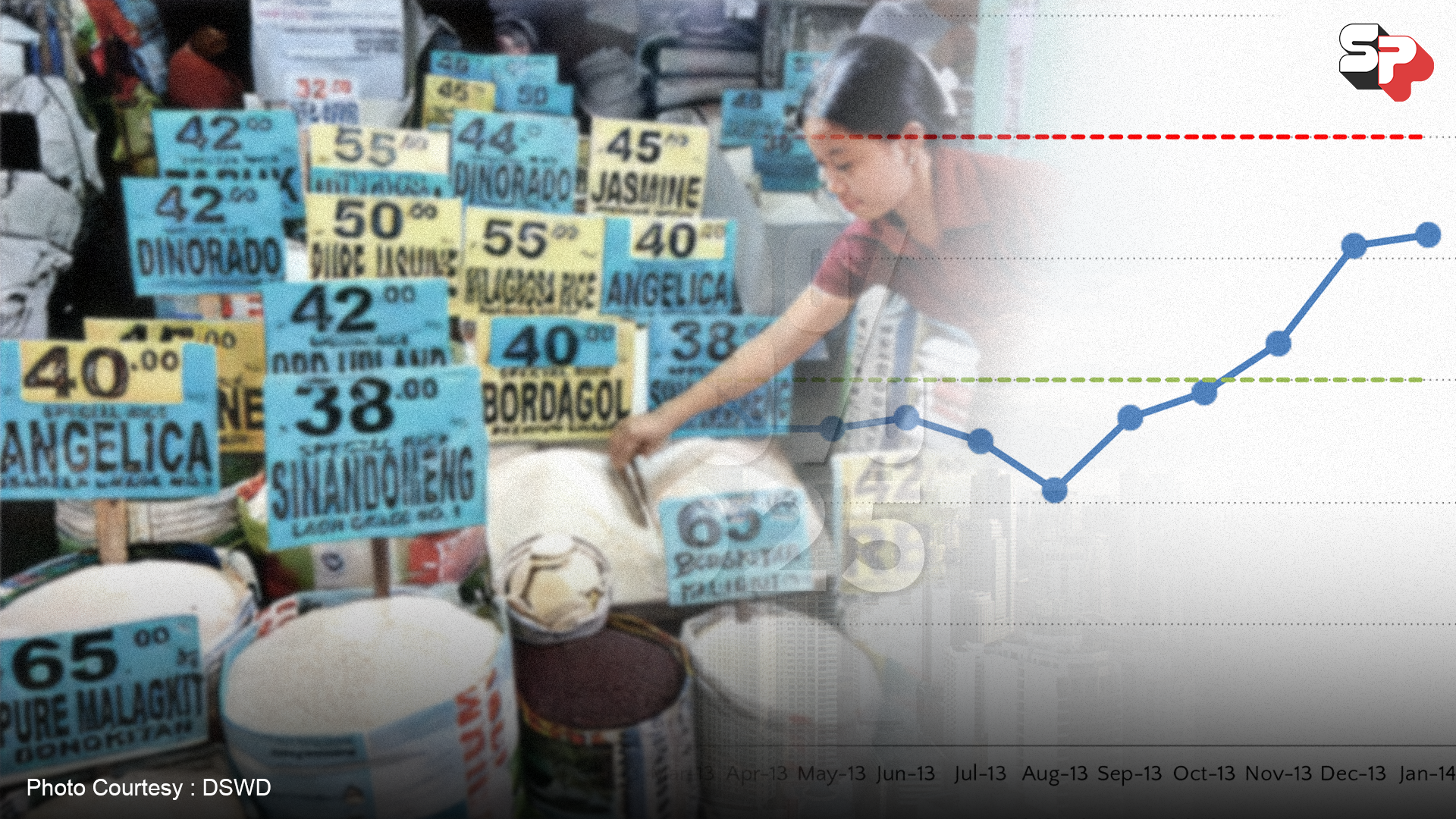
Potential Risks on the Horizon
Despite the positive outlook, AMRO cautioned that several risks could challenge the country’s growth prospects. Higher food prices, stemming from domestic supply constraints, may undermine consumer spending, while a potential slowdown in major trading partners like the U.S., the Eurozone, and China could hamper exports. Furthermore, heightened geopolitical tensions pose risks to global supply chains and economic stability.
Long-term growth, AMRO noted, could be stunted by infrastructure deficits, the lingering effects of the COVID-19 pandemic, and vulnerabilities linked to climate change.
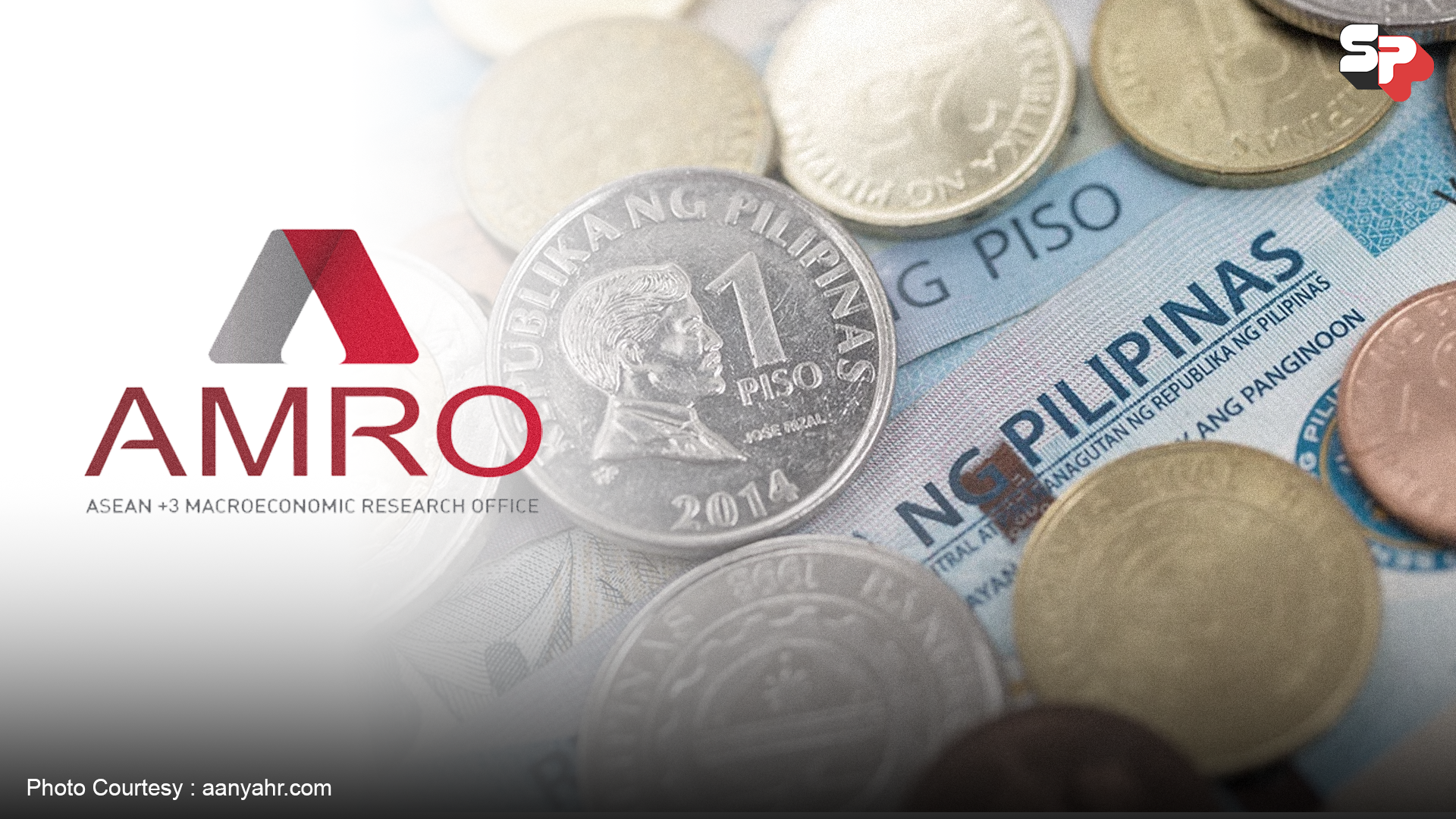 Policy Recommendations for Sustained Growth
Policy Recommendations for Sustained Growth
AMRO highlighted that the Philippines’ current fiscal-monetary policy mix is appropriate but recommended flexibility in response to evolving conditions. The Monetary Board kept the policy rate at 6.50 percent in the first half of 2024, delivering a rate cut only in August as inflation showed signs of easing. AMRO suggested further monetary easing if the inflation outlook remains favorable, but urged a coordinated government approach should supply-side inflationary pressures re-emerge.
The fiscal position has improved in 2024, driven by higher revenue collection, though spending remains elevated. The Philippine government’s medium-term fiscal consolidation efforts, aimed at reducing the budget deficit while supporting growth, are on track. However, AMRO advised accelerating this fiscal consolidation if favorable conditions permit, to rebuild fiscal buffers against future external shocks.
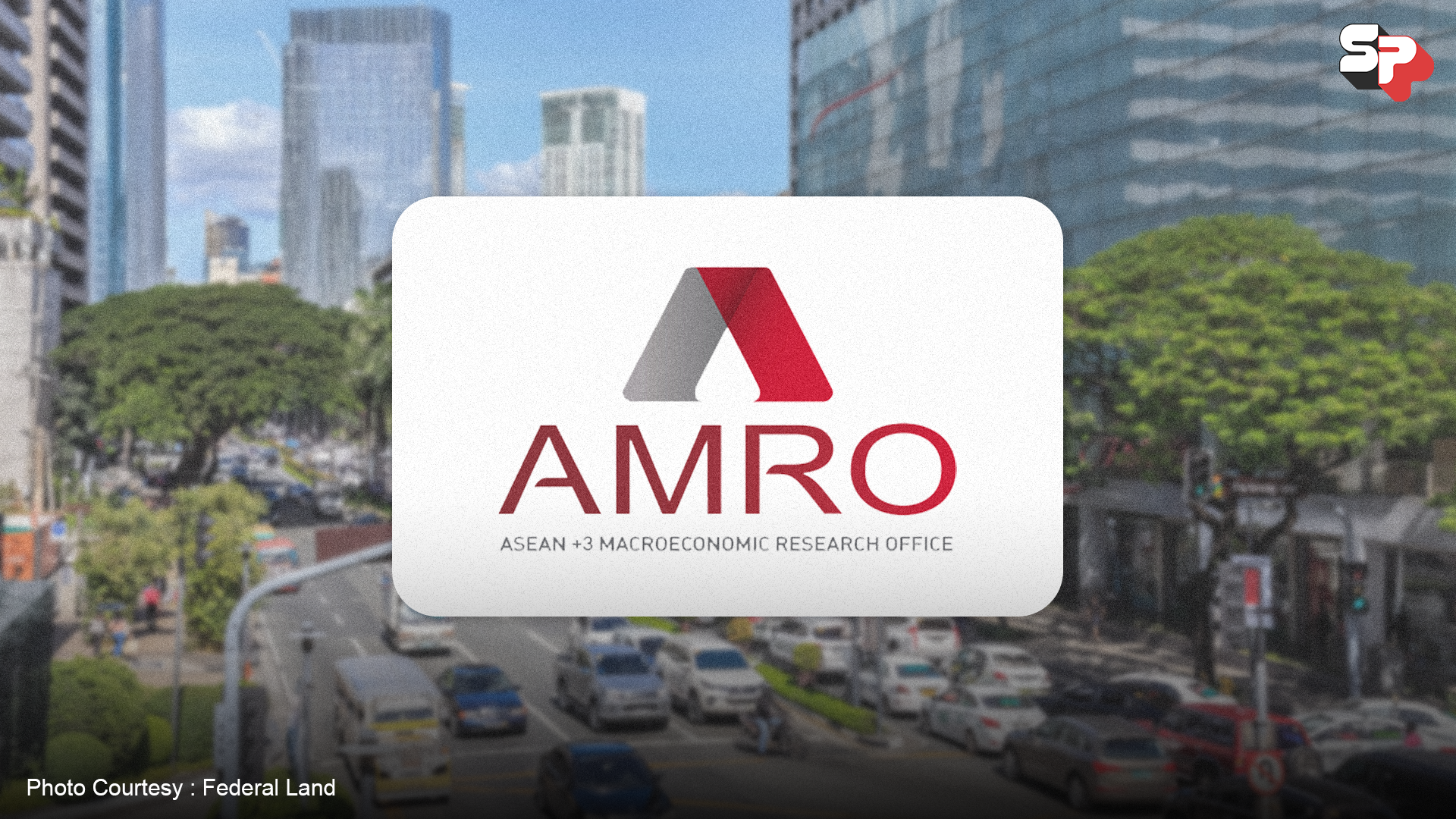 Structural Reforms Key to Long-Term Competitiveness
Structural Reforms Key to Long-Term Competitiveness
For the long-term, AMRO emphasized the need for structural reforms. Upskilling and reskilling the workforce, improving infrastructure, promoting digitalization, and attracting more foreign direct investments are critical for enhancing the country’s competitiveness.
AMRO also recommended expanding the financial sector’s regulatory toolkit to safeguard financial stability, including the development of deeper bond and repo markets. A comprehensive strategy that includes sustainable development and addressing climate-related vulnerabilities will be crucial for ensuring the Philippines’ growth potential in the face of global challenges.
As the Philippines navigates a complex global environment, the country’s economic fundamentals remain strong. With strategic policy adjustments and continued focus on structural reforms, the Philippines is well-positioned to sustain its growth momentum and weather external uncertainties.
The ASEAN+3 Macroeconomic Research Office (AMRO) conducts regular macroeconomic surveillance and provides financial and technical assistance to its member countries, contributing to economic stability in the ASEAN+3 region.

